Google Pixel history: the evolution of "Google Phones"
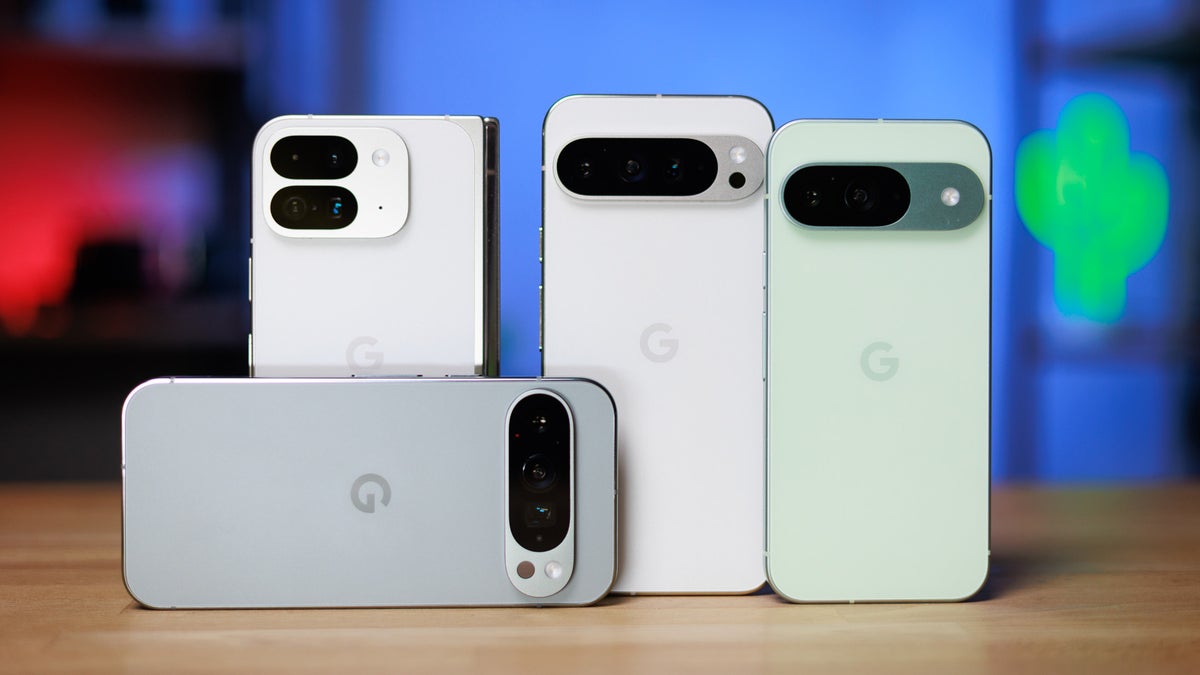
Google's phone making efforts started with the Nexus series way back in 2010, but after years of making phones for enthusiasts that were sold in very limited quantities, Google decided to start something new — the Pixel project. The idea was to build a truly great, premium phone that would bring a no-compromise camera and the clean Android experience that many were dreaming of.
This is the history of the evolution of the Google Pixel series of phones, starting with the very first Pixel launched in October of 2016 that surprised us with its amazing camera system and going to the latest models.
We describe concisely the most important moments in the history of the Pixel, the landmark events such as the arrival of the Night Sight mode that changed the way we capture images at night. So let's waste no time and get started with...
Google Pixel phone history:
- Google Pixel and Pixel XL (2016)
- Pixel 2 and Pixel 2 XL (2017)
- Pixel 3 and Pixel 3 XL (2018)
- Pixel 3a and Pixel 3a XL (2019)
- Pixel 4 and Pixel 4 XL (2019)
- Pixel 5 (2020)
- Pixel 6 and Pixel 6 Pro (2021)
- Pixel 6a (2022)
- Pixel 7 and Pixel 7 Pro (2022)
- Pixel 7a (coming in mid 2023)
- Pixel Fold (June 2023)
- Pixel 8 and Pixel 8 Pro (October 2023)
- Pixel 8a (May 2024)
- Pixel 9, 9 Pro and 9 Pro XL (August 2024)
- Pixel 9 Pro Fold (August 2024)
- Pixel 9a (April 2025)
- Pixel 10, 10 Pro and 10 Pro XL (August 2025)
- Pixel 10 Pro Fold (October 2025)
Read more:
Google Pixel and Pixel XL
October 2016
Codenames: Sailfish and Marlin
Google killed the Nexus program in 2016 and replaced it with a brand new type of Google phones: the Pixel.
The Pixel is a more ambitious project than the Nexus: Google claims it wants to sell the phones to the masses and not just to limited amounts of developers and enthusiasts, and Pixel phones are now premium products with a premium, flagship price.
While the Pixel retains the clean Android interface with the promise for quick updates just like the Nexus did (a rarity in the Android ecosystem), its killer feature is an amazing camera that is among the best of any smartphone. Google came out of nowhere with a camera that relies heavily on software to come up with photos with an incredible dynamic range and great ability to capture images in nearly complete darkness.
The Pixel was also the first phone to come with the powerful Google Assistant. Not only this, Google has carefully optimized Android on the Pixel and it runs smoother than on any other device that we have tested as well. All of these features combined, make the Pixel something special and long-lasting.
Major new features: Split-screen multitasking, Bundled notifications, JIT compilation
Google Pixel 2 and Pixel 2 XL
October 2017
Codenames: Walleye and Muskie
Specs | Review
The second-generation Pixel phones bring a couple of important changes: a brighter screen (this fixes the biggest issue the original Pixel had), a better camera and dual front speakers for more immersive sound experience.
Strangely, however,, just a year after the original Pixel which Google proudly advertized to be versatile with support for the headphone jack, it has removed the 3.5mm headphone jack on the Pixel 2 series.
Apart from that, the Pixel 2 and the Pixel 2 XL continued the legacy of clean software coupled with the most powerful chip on the market, the Snapdragon 835 at the time. They also came with the offer for free full-size image backups to Google Photos for 2 years.
Major new features: System improvements and battery tweaks, Quick settings & status bar, Improved iconography, Supercharged notifications
Google Pixel 3 and Pixel 3 XL
October 2018
Specs | Review
By 2018, Google had already built a reputation for leading smartphones in terms of camera performance and it doubled down on that with the launch of the Pixel 3 and Pixel 3 XL where the killer new camera feature was Night Sight. Using software and combining multiple images in low light, Night Sight allowed users to take photos in pitch black conditions without using the harsh looking LED flash, so you could easily snap a picture of a bar at night or your dinner plate in a dimly lit restaurant.
On the design front, the Pixel 3 series were behind the pack, however: the Pixel 3 came with big bezels while other phones had already switched to a nearly bezel-less screen experience, and the Pixel 3 XL featured a gigantic notch that was the subject of ridicule on the web.
On the software front, Google innovated with important features for the US market like call screening that would ward off telemarketers. The Pixel 3 series also were the first to bring a robust, IP68 water and dust protection rating, a useful feature.
Major new features: Digital Wellbeing to monitor your phone use, Adaptive Battery and improved Auto Brightness
Google Pixel 3a and Pixel 3a XL
May 2019
Specs | Review
In May of 2019, Google surprised the world with the announcement of not just a new kind of Pixel phone, but a new kind of budget phone, full stop. The Pixel 3a and Pixel 3a XL were priced at just $400, less than half the price of flagship phones, yet offered a comparable or even better camera experience, basically identical to the Pixel 3 series.
There were to compromises made to achieve such a revolutionary budget phone: one was rather insignificant and that was that these phones were made of plastic instead of the more premium glass and metal designs seen amongst more expensive devices, and the second one was a slower processor than on flagships. The slower processor, however, was not a dealbreaker because of the optimizations that Google made to the interface so performance still felt smooth.
These phones got a clean Android experience, the promise for years of timely software updates and all of these factors combined so that many people pointed to the Pixel 3a series as the future for the Pixel series.
Google Pixel 4 and Pixel 4 XL
October 2019
Specs | Review
In late 2019, Google launched the Pixel 4 and Pixel 4 XL, two flagship phones at premium prices that further improved the camera performance by introducing a secondary camera, a telephoto lens. Another important new feature was a new type of AMOLED screen that refreshed 90 times a second and contributed to a smoother, faster overall experience. Also, without advertizing it much, Google brought hugely improved speakers that were the best in the class by a noticeable margin.
However, Google made a couple of critical mistakes with the Pixel 4 series: the smaller Pixel 4 model had a surprisingly small battery that would not even last a full day, a decision that drew the ire of reviewers, and then, both phones focused on gimmicky features with little practical application like a radar system for gesture based navigation.
The high prices of the phones and the problems with battery life resulted in lukewarm reviews.
Major new features: Improved gesture navigation, Dark Mode, Live Captions, etc
Google Pixel 5
October 2019
In 2020, Google launched only one phone that didn't even feature a flagship-grade chip. The Pixel 5 seemed like a mid-ranger and it stood out with its super compact size, and while small phone users loved it and it fixed the battery issues that plagued the Pixel 4 series, it was also a bit on the slower side and not having a larger version proved problematic for sales that slumped.
Google also made a number of controversial decisions with this phone, including a brand new speaker system that sounded quite terrible.
2020 seemed like an off year for Google and it teased numerous times that it was working towards something bigger next year.
Major new features: Notification grouping, new media controls
Google Pixel 6 and Pixel 6 Pro
October 2021
In late 2021, Google released the Pixel 6 and Pixel 6 Pro, a watershed moment for the series as these phones were the first to get Google's very own Tensor mobile chip that it had been working on in the past three to four years. This new Pixel family also introduces a new 50MP camera sensor, the first major change for Pixel cameras in years.
The Pixel 6 and Pixel 6 Pro also come with the biggest batteries ever included on Pixels of these sizes, and while there have been isolated reports about battery issues, battery life is mostly solid on these two.
The company also fixed some of the issues from the Pixel 5. Things like the sub-par loudspeaker system are addressed with a proper, loud and clear speakers on both Pixel 6 series phones. The biggest shock, however, might have just been around the pricing on the two. The Pro model starts at $900, but it's the non-Pro version that only lacsk a telephoto lens but is mostly the same and that one costs just $600, interrupting the status quo of $1,000 premium flagships in a big way.
Major new features: Brand new design, improvements to notifications
Pixel 6a
July, 2022
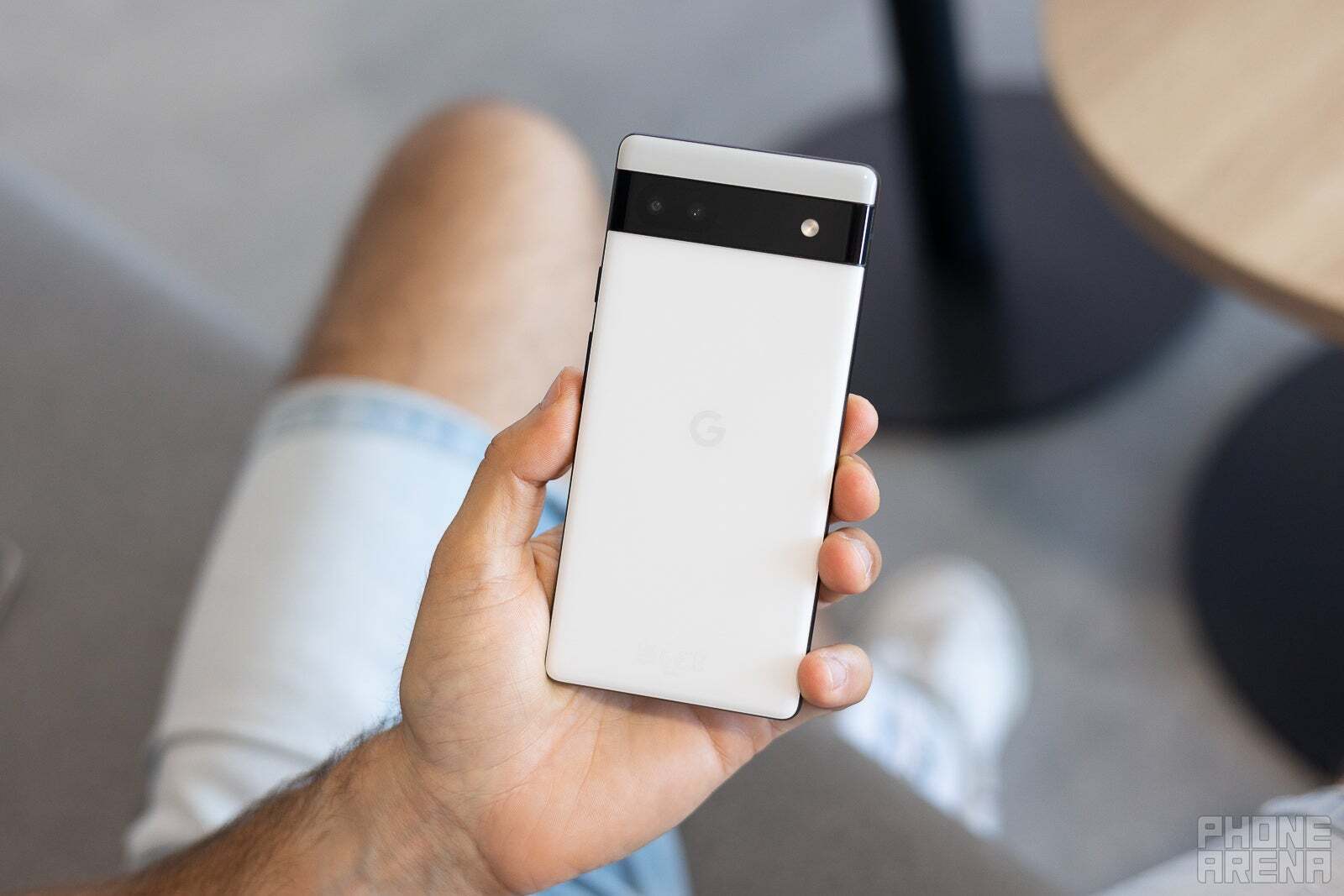
The Pixel 6a takes things up a notch in the budget segment. While previous "a" series Pixel phones had a budget chip, the Pixel 6a is equipped with Google Tensor, the same processor used in the flagship Pixel 6 family.
The 6a also adopts the futuristic new design with the camera bar stretching across the back of the phone.
It's a smaller phone that the Pixel 6 series, with a 6.1" screen size. On the battery front, it comes with a 4,410mAh battery that on average lasted for 29 hours in Google testing.
The big compromise with it is the 60Hz refresh rate, which looks sluggish compared to other rivals, but on the other hand you get a nearly flagship-grade camera experience that you simply don't get on others in this price class.
Google Pixel 7 and Pixel 7 Pro
October 2022
Google launched two flagship Pixel phones in late 2022, the smaller Pixel 7 and the bigger Pixel 7 Pro.
Google revealed a familiar yet more refined design styling, plus both phones featured the second-gen Tensor chip for faster performance.
The consensus is that these devices have a level of refinement that was previously lacking in the Pixel series, and that is exactly what we were hoping for. The cameras are among the best you can get and now they also snap photos faster at night. With lower prices than the competition and day one Android updates, there is little to fault the new Pixels for. Maybe the slightly sluggish fingerprint scanner is one thing to mention, if you insist though.
Google Pixel 7a
May 2023
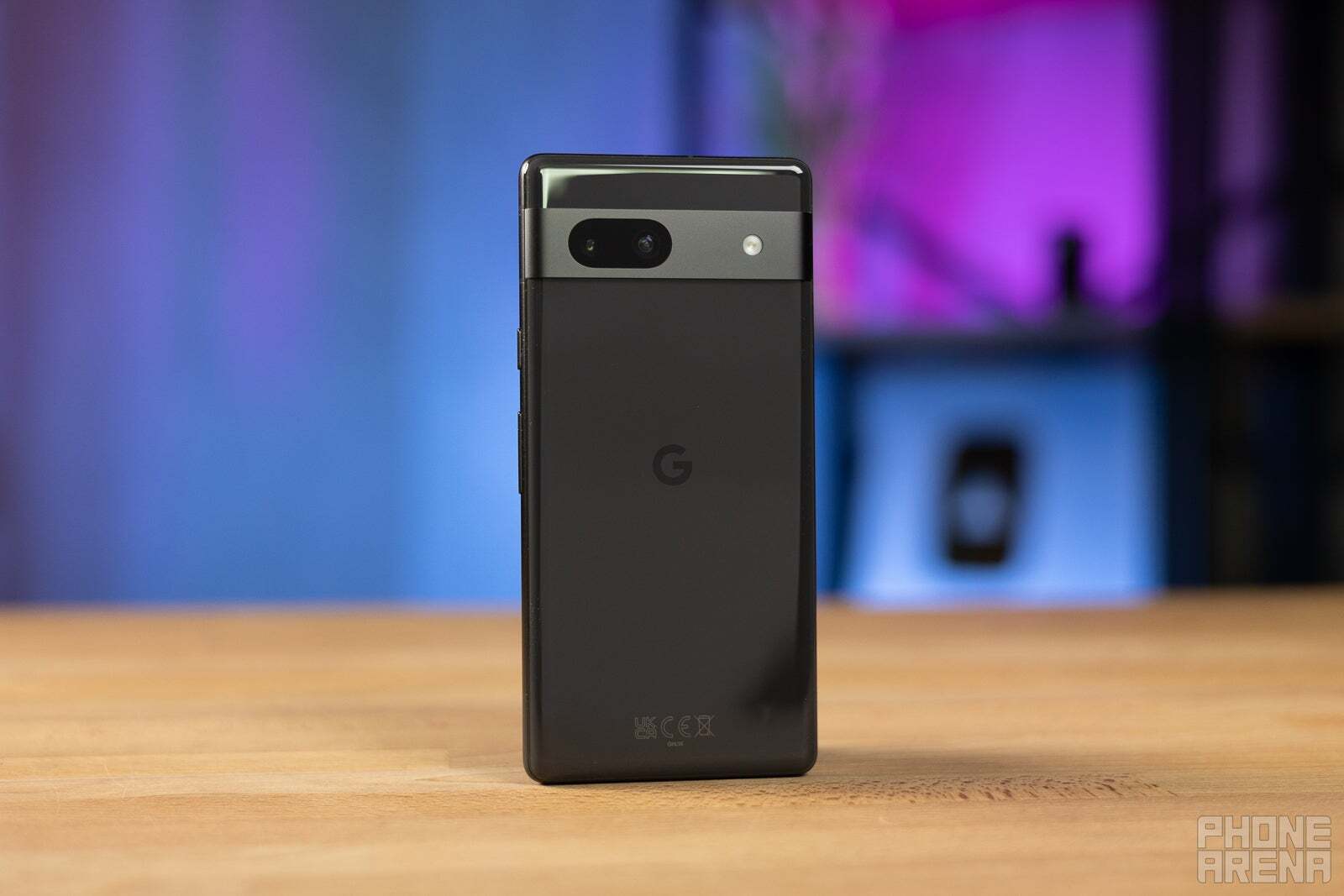
The next A series budget phone from Google is expected to be unveiled at the I/O conference in May and the name of the phone is projected to be the Google Pixel 7a.
The Pixel 7a might be a huge moment for the A series. It is rumored to get the same Tensor G2 chip as the flagship models, and for the first time on a budget Pixel, it will come with a fast screen refresh rate.
The latter was the biggest pain point of the Pixel A series, since the phones already had a decently fast performance and a great camera, so with a fast refresh rate, the Pixel 7a will practically offer a flagship grade experience just at a much lower price.
If all of this comes true, the Pixel 7a might just be the phone to get in 2023.
Google Pixel Fold
June 2023
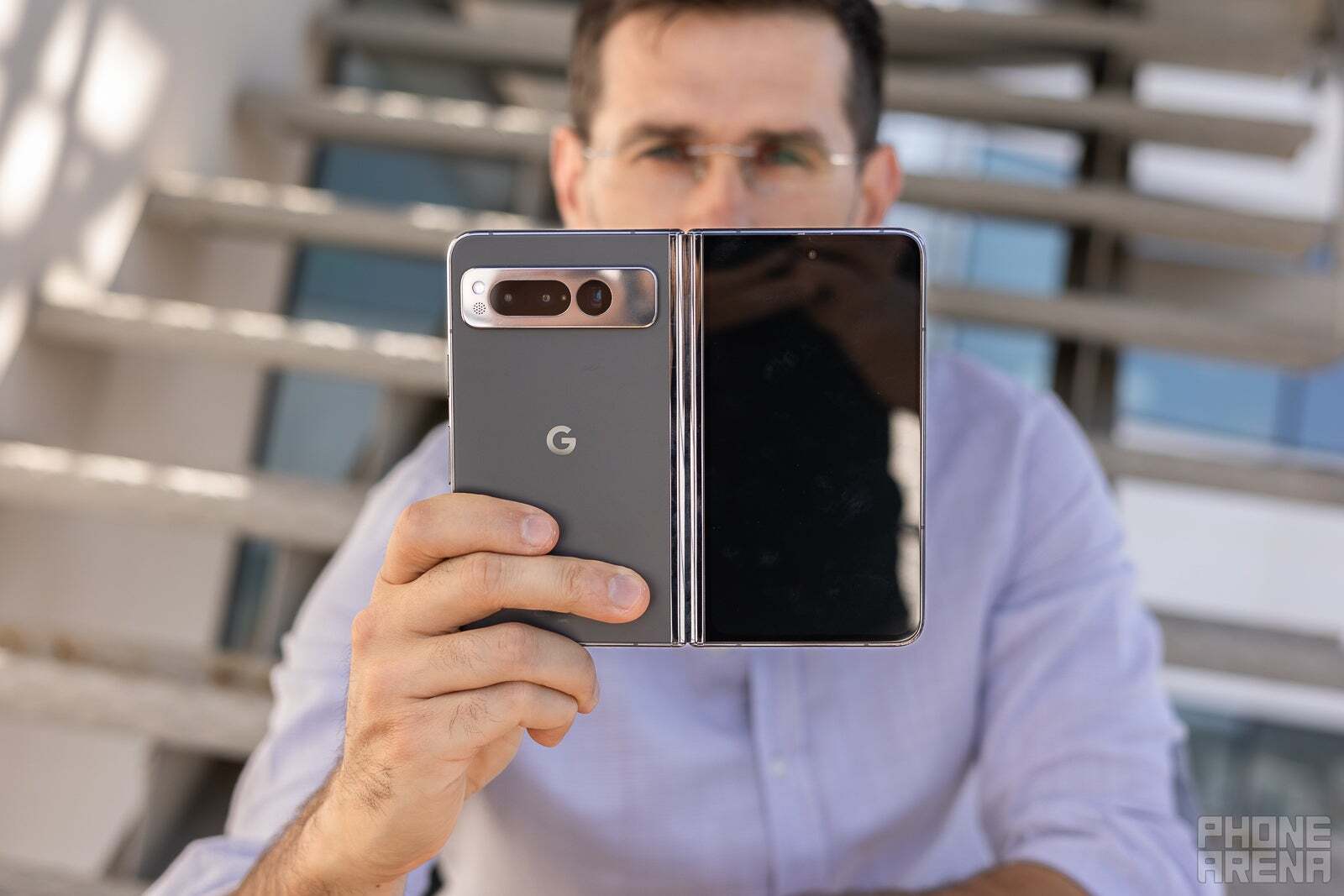
Google released its first foldable in the summer of 2023, ahead of the Pixel 8 series launch.
The Pixel Fold bet on a different design than the competition with a much wider aspect ratio for the main screen. The benefit of that was the it was much easier to type on it and use the outer display like a regular phone.
The Pixel Fold, however, came with a number of design issues including big borders around the main screen and the fact that it would not even unfold fully flat.
It was also much heavier than other foldables at the time.
Still, it was a device with a clean interface and easy-to-use interface that got many things right, and many people loved the different form factor.
Google Pixel 8 and Pixel 8 Pro
October 2023
It's still early to know exactly what Google has in store for us with the flagship Pixel 8 and Pixel 8 Pro models, but it's safe to assume that a new third generation Tensor chip will be introduced as well as further improvements to the camera system.
Hidden in the Google Photos app code, hints discovered by 9to5Google suggest the Pixel 8 could introduce a new Video Unblur tool to sharpen videos, much like the Photo Unblur tool that is currently available for pictures. Other new features found in the code are video overlays with filter effects like VHS, Super 8, and Polaroid.
We will be keeping an eye on the models and you can stay abreast with the latest news in our Pixel 8 series leaks and rumors round-up.
Pixel 8a
May 2024
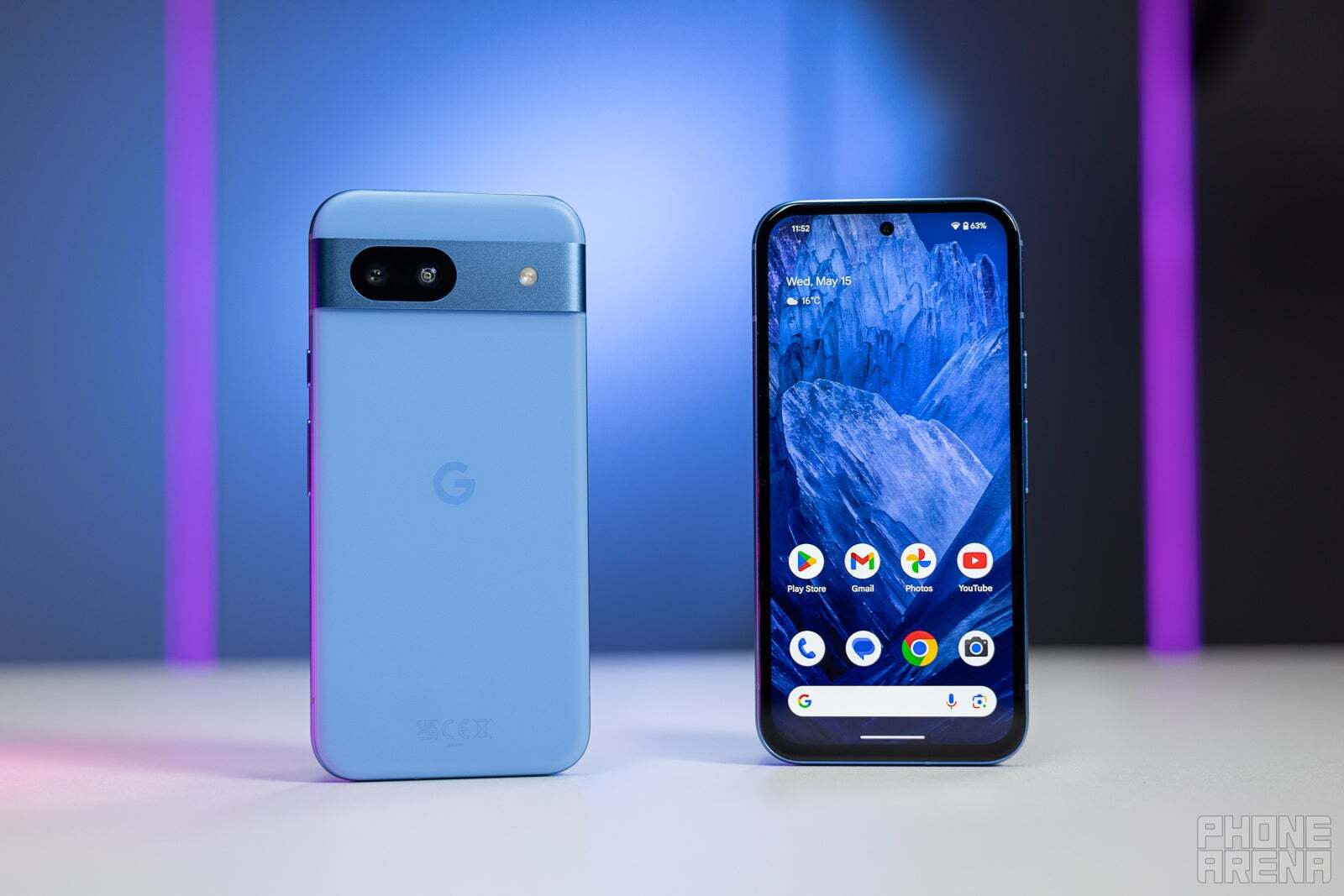
After quite a long wait, Google released the budget Pixel 8a model in May 2024 and it was the first "a" series Pixel with a 120Hz refresh rate (the Pixel 7a only supported 90Hz). This made for a much smoother experience.
Other notable improvements included the design that looked like a pebble with rounded corners and we also loved the blue colorway.
Like previous "a" models, the Pixel 8a was only available in a single, smaller 6.1-inch size, but it offered the usual excellent camera quality and very few compromises for a mid-range price of $500.
Pixel 9, 9 Pro and 9 Pro XL
August 2024
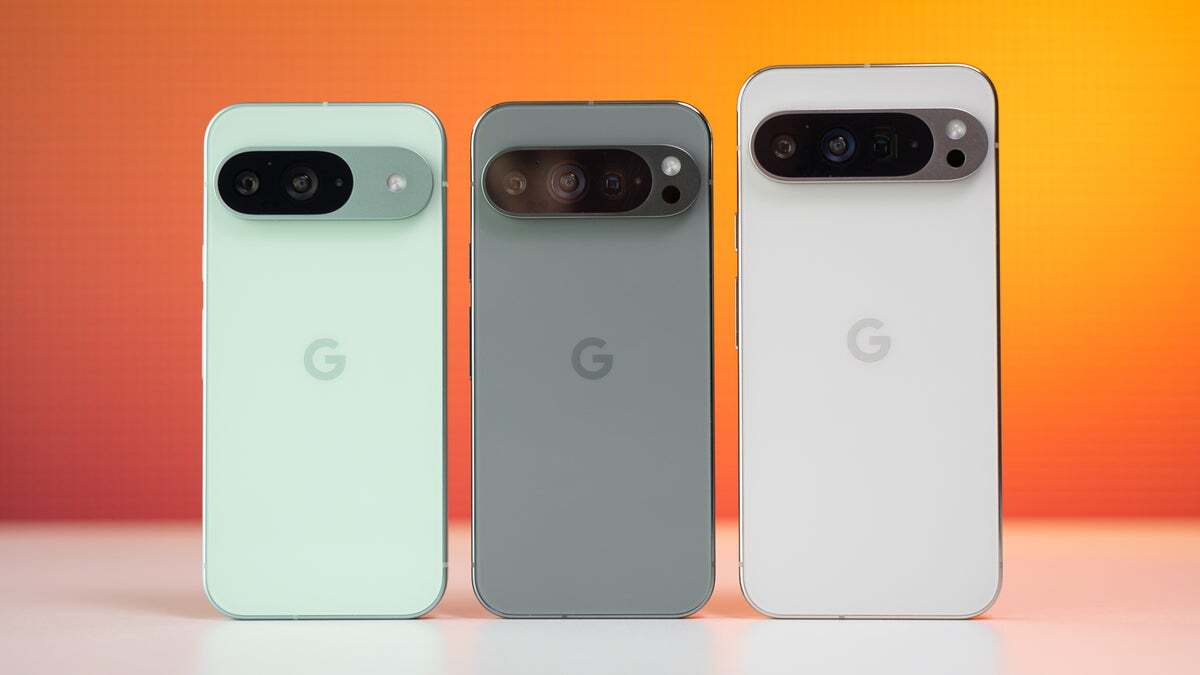
The biggest shake-up to the Pixel family came in late summer 2024 when Google launched not just two, but three new flagship-grade Pixel phones: the Pixle 9, Pixel 9 Pro and Pixel 9 Pro XL.
All three models shared the same Tensor G4 chip, but the main distinction was in the screen size, cameras and pricing.
The base Pixel 9 cost $800 and came with a 6.3-inch display and two cameras on the back (a main and an ultra-wide one).
The Pixel 9 Pro was priced at $1,000, it had the same 6.3-inch screen size, but had an additional 5X telephoto camera, as well as Pro features like the ability to take photos in the full 50-megapixel resolution of the camera.
The Pixel 9 Pro XL was the big model with a 6.8-inch display, a triple camera system and with the bigger size also came a bigger battery. The starting price was $1,100 (more than the previous generation).
Pixel 9 Pro Fold
August 2024

Along with the Pixel 9 series also came Google's second generation foldable phone, now with a different name — the Pixel 9 Pro Fold.
This second edition dropped the wide design of the original and opted for a form factor more in line with other foldable phones. The design was much more refined and now the hinge would open fully too.
The Pixel 9 Pro Fold actually first felt like a mature foldable phone by Google.
Pixel 9a
April 2025
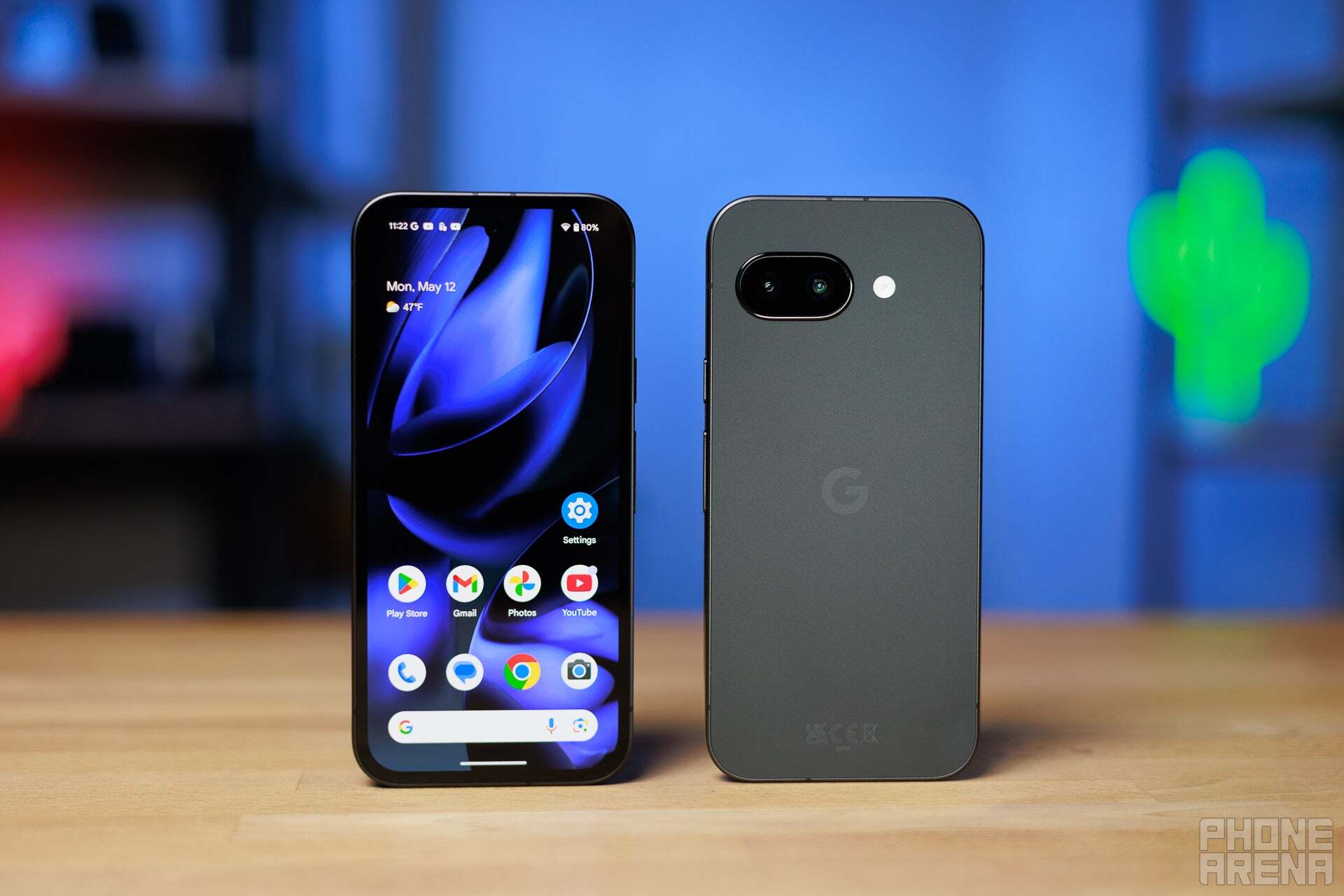
The Pixel 9a was a big leap for the "a" series introducing a slightly bigger screen, but most importantly — a much bigger battery that made for one of the best affordable phones out there.
With the same Tensor G4 chip as the flagship series and an alluring $500 price, the Pixel 9a's only bigger compromise was that it came in just one size (no bigger model).
Well, those big borders around the screen too, they did look quite bad for a 2025 phone, even if it was a mid-range one.
Pixel 10 series
Expected in August 2025
The Pixel 10 series are expected to deliver gradual improvements in design, but a big change in the processor with a new TSMC-made chip. The change in foundry is expected to result in a big jump forward in performance and the cliche that Pixel phones are underpowerd and overheating will hopefully finally go away.
We also expect a new edition of Google's book-style foldable, but we'll have more details once they become available.
Follow us on Google News

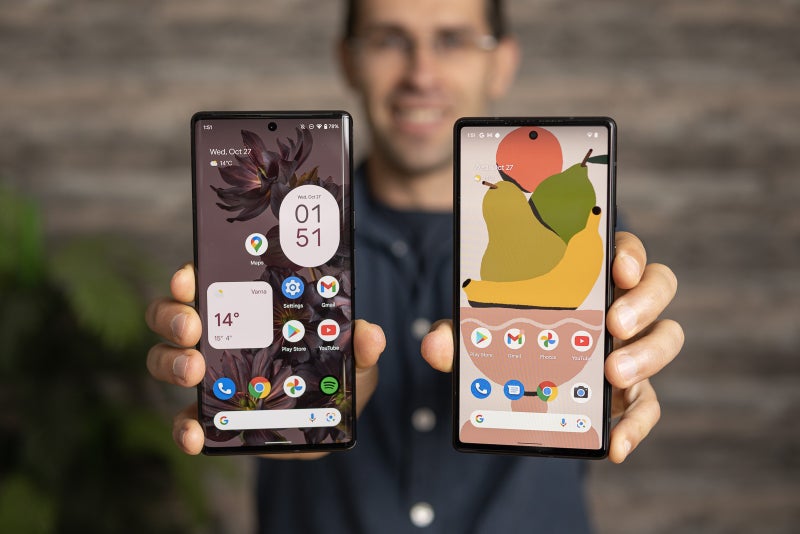
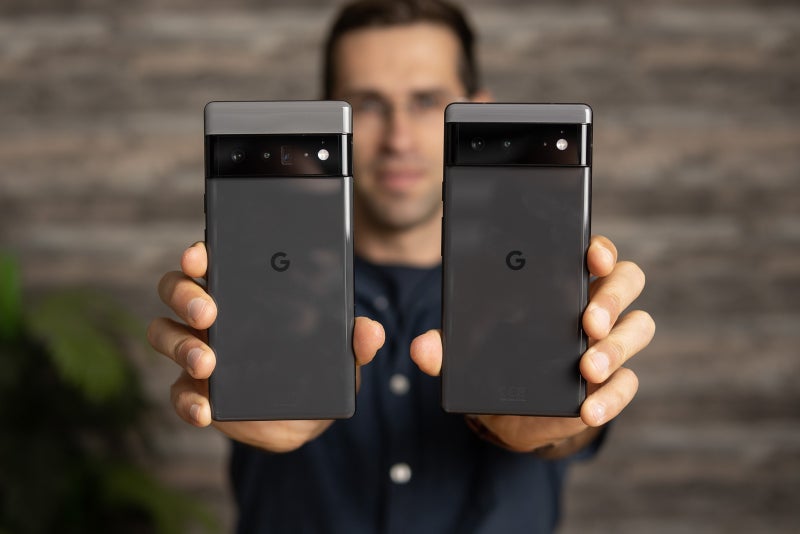

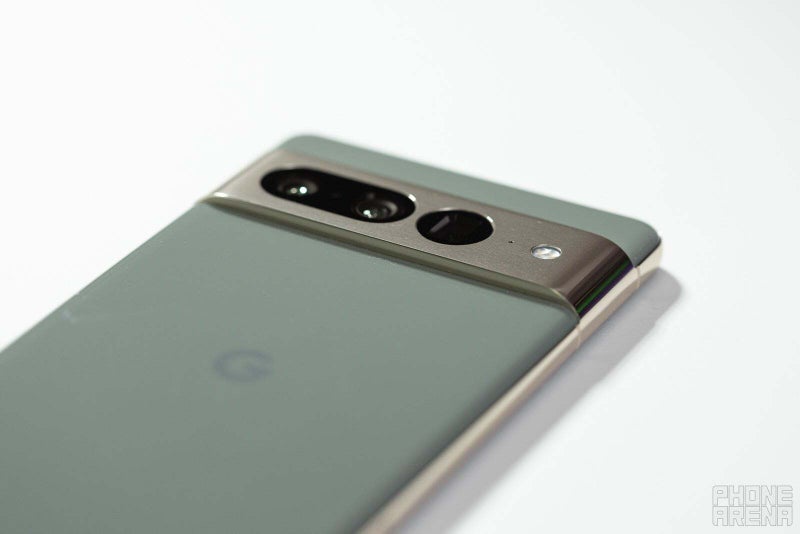

![Some T-Mobile users might be paying more starting in March [UPDATED]](https://m-cdn.phonearena.com/images/article/176781-wide-two_350/Some-T-Mobile-users-might-be-paying-more-starting-in-March-UPDATED.webp)











Things that are NOT allowed:
To help keep our community safe and free from spam, we apply temporary limits to newly created accounts: